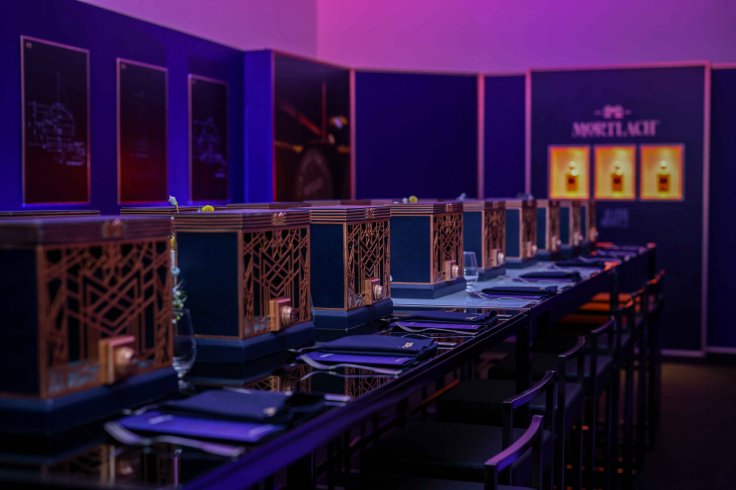
We have all been anxiously waiting for in-person events to come back since the pandemic and many will agree that the value of face-to-face interactions was taken for granted. For the past few years, marketing professionals have recognized the growing popularity of brand experiences and events, and the social restrictions we have experienced lately have served to fuel the consumer desire for real-life interactions. As a result of this ever-changing consumer desire and demand, brands have had to integrate modern and intuitive technology such as AI or AR to bring life to events. Consumers nowadays are much more willing to experiment with virtual and hybrid experiences. The introduction of tech innovations such as these in an experiential space allows consumers to engage with the brand they are interacting with in a more interpersonal way. There is a spark of curiosity about how during these years technology has improved to broaden a customer's experience. Two main fundamental areas of change are:
1. Experiences via retail
Due to e-commerce, non-contact physical retail was already on the rise, however, post-pandemic consumers long for human interaction at stores. Consumers want to share their experiences and when brands create new retail experiences, they can develop a stronger sense of loyalty to the brand.
"A brand is the set of expectations, memories, stories, and relationships that, taken together, account for a consumer's decision to choose one product or service over another." - Seth Godin
2. Creating a community around culture
With the lack of interaction, brands now have to create a deeper connection with consumers and ensure they feel like they belong. This can be done by consumers bonding over their mutual interests via the brand-curated experiences, which creates an impact.
For example, branding specialist Rachel Carrasco of RACHE shared knowledge on an event she executed with Diageo Prestige and Johnnie Walker for their anniversary through the power of experiences.
"These experiences are now expected to be two-dimensional or as many would like to call it a hybrid. It will be a mix of in-person and digital executions that will enable a brand to further scale, increase engagement, and monetize faster. Moreover, it will also answer the rising on-demand access that consumers seek. Key contributing factors to this change include digital transformations over the last years as well as an appetite to return to a form of "normalcy", such as attending on-ground events." - Rachel Carrasco
Carrasco and team created seven NFTs of Johnnie Walker's limited edition whisky to create a new shopping branding experience and paired it with digital artwork from Boss logic so consumers with an appreciation for spirits and art could come together for this shared experience.
By default, this collective impact made consumers feel good and created a community.
For future events, marketers and brands should consider approaching experiential marketing. In this current day, it has been easier to gain the attention of consumers, many of who are more curious about brand activations and keener to engage with the brand.
"Needless to say, brand experiences will continue to be the future of brand marketing. And in this post-pandemic world, its future will be borderless and more powerful than ever." - Rachel Carrasco. The future may be uncertain but marketers should embrace experiential marketing and create entertaining and interactive elements for consumers in public spaces.








